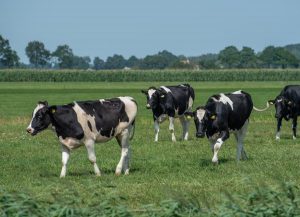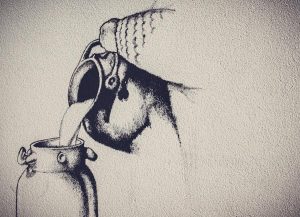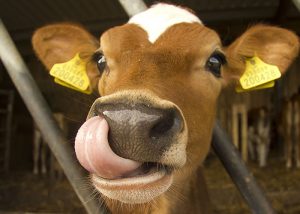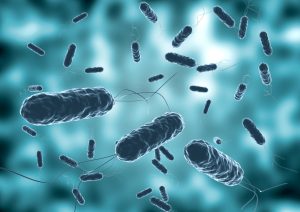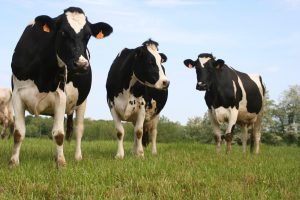Fernando Díaz
It has become a common practice to feed non-saleable milk to dairy calves. Non-saleable milk accounts for 1–4% of the total milk produced in the farm and this includes milk from antibiotic-treated cows along with colostrum from fresh cows and milk containing high somatic-cell-counts.
Using pasteurized non-saleable milk for calf raising it is economically advantageous. However, it is controversial, especially due to its contamination with antibiotic residues that may increase the risk of antimicrobial resistance on ruminal and intestinal microflora.
In order to evaluate whether antibiotic residues present in non-saleable milk affect growth performance and ruminal development, the researchers Li et al. (2019) conducted a study involving 20 Holstein bull calves during their first 35 days of age. Calves received a milk replacer with no antibiotics or a milk replacer containing 0.024 mg/L of penicillin, 0.025 mg/L of streptomycin, 0.1 mg/L of tetracycline, and 0.33 mg/L of ceftiofur. This antibiotic combination and doses were determined by collecting and analysing non-saleable milk samples during three weeks from the dairy farm before the calf trial. The researchers preferred to use quantified antibiotics and milk replacer to avoid the instability of non-saleable milk.
The calves were housed in individual hutches. Protein and fat concentrations in the milk replacer were 22 and 20% in a dry matter (DM) basis, and this was fed twice a day from day 2 to 5 at 250 g/meal, from day 6 to 14 at 375 g/meal and from day 15 to 35 at 500 g/meal. In addition, calves had free access to starter (22.9% protein) and water.
This study was published in Journal of Dairy Science. The authors reported that antibiotic residues did not have any effect on calf growth:
- Calf starter intake (84.25 g/day), body weight (48.0 kg), average daily gain (0.495 kg/day), withers height (78.8 cm) and body length (72.2 cm) were similar in the two calf feeding groups.
- Ruminal pH, volatile fatty acids and ammoniacal nitrogen concentrations measured in rumen fluids were similar between treatments, except that calves receiving antibiotics exhibited a greater concentration of acetic acid during the study.
- Calves in the antibiotic group exhibited longer papillae length at the rumen cranial ventral sac (351.3 vs. 346.5 µm) than unsupplemented calves. However, no differences were found for papillae length at the cranial dorsal sac.
- Interestingly, the results of ruminal microbial community showed that antibiotic residues had minor effects on ruminal bacteria.
In conclusion, antibiotic residues had no significant effects on dairy calf performance and feeding pasteurized non-saleable milk is a viable option in dairy farm.
Reference
J. H. Li, M. H. Yousif, Z. Q. Li, Z. H. Wu, S. L. Li, H. J. Yang, Y. J. Wang, and Z. J. Cao. 2019. Effects of antibiotic residues in milk on growth, ruminal fermentation, and microbial community of preweaning dairy calves. J. Dairy Sci. 102:2298–2307.]



